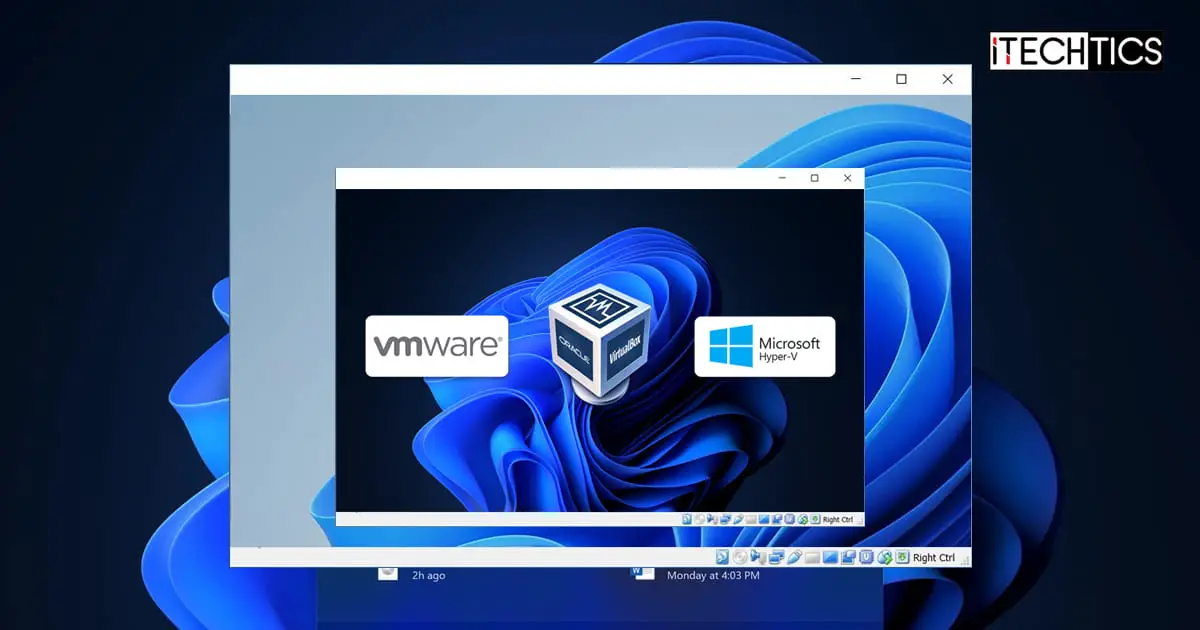I'm now trying nested bhyve virtual machines:
Host OS: FreeBSD 13
Guest OS: FreeBSD 13
Yet Another Guest OS inside FreeBSD 13: OpenBSD 6.9
Upon trying to execute the "bhyve" command inside the Guest OS: FreeBSD 13, I get the following:
So, is there a way to make it work?
Host OS: FreeBSD 13
Guest OS: FreeBSD 13
Yet Another Guest OS inside FreeBSD 13: OpenBSD 6.9
Upon trying to execute the "bhyve" command inside the Guest OS: FreeBSD 13, I get the following:
vmx_modinit: processor does not support VMX operation
module_register_init: MOD_LOAD (vmm, Oxffff .....) error 6
vm_create: Device not configured
So, is there a way to make it work?


